We may earn money or products from the companies mentioned in this post. This means if you click on the link and purchase the item, I will receive a small commission at no extra cost to you ... you're just helping re-supply our family's travel fund.

History’s most infamous figures continue to captivate travelers long after their reigns or crimes ended. From prison cells and royal chambers to secret bunkers and assassination sites, these locations offer a glimpse into the darker corners of human ambition. Each destination below carries a story that shaped nations and still draws thousands annually, merging legend with truth in hauntingly real spaces you can step into.
1. Al Capone : Eastern State Penitentiary, Philadelphia, USA
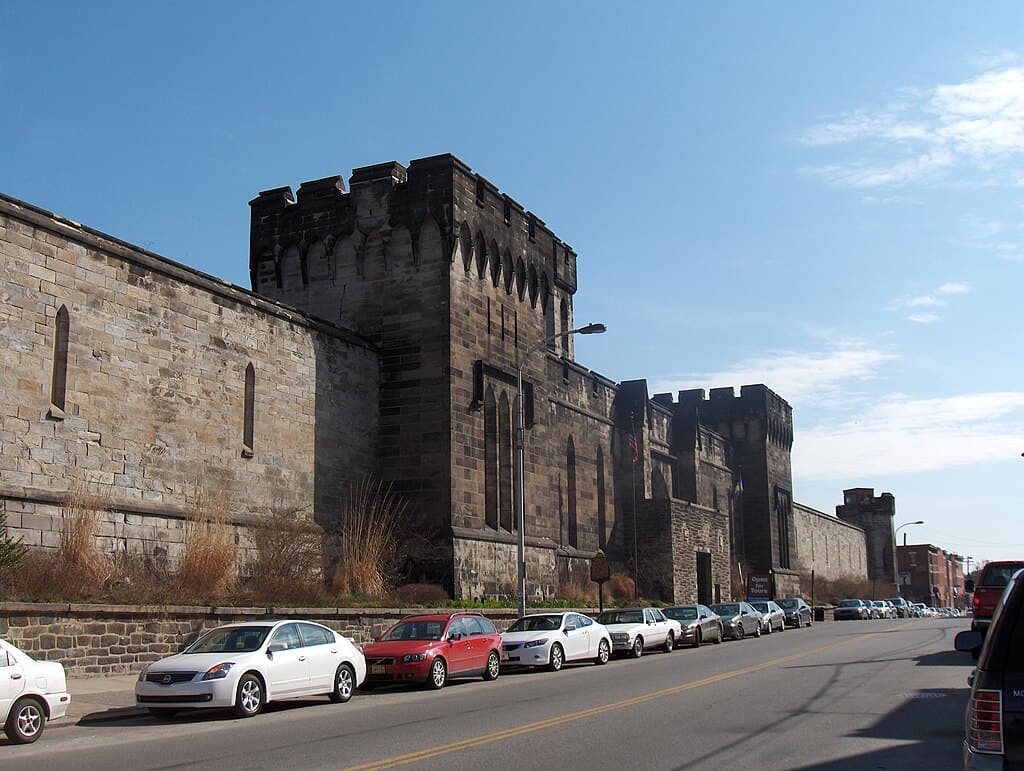
America’s most infamous mobster, Al Capone, served an eight-month sentence here in 1929. His restored cell, complete with a 1920s radio and mahogany furniture, reflects the privileges his wealth secured even behind bars. The prison itself operated from 1829 to 1971 and now welcomes over 300,000 visitors yearly. Audio tours reveal the stark contrast between Capone’s luxury and the facility’s grim isolation practices.
2. Adolf Hitler : Führerbunker Site, Berlin, Germany

Hidden beneath Berlin’s government quarter, Hitler’s Führerbunker was built in 1944 with 30 rooms reinforced by 3.5-meter concrete walls. It’s where he spent his final 105 days before his death in April 1945. Today, a discreet plaque and information board mark the site, visited by nearly 500,000 people annually. Though no structure remains, the area offers a sobering reminder of the Nazi regime’s catastrophic end.
3. Bonnie Parker & Clyde Barrow : Ambush Museum, Gibsland, Louisiana, USA

The infamous outlaw duo’s crime spree across 11 states ended violently near Gibsland in 1934. The Bonnie and Clyde Ambush Museum, housed in a 1930s diner, exhibits bullet-riddled glass, photos, and police reports. Their stolen Ford V8, hit by 167 bullets, symbolizes America’s fascination with rebellion. Each year, around 40,000 visitors explore the museum to relive the chaotic chase that ended an era.
4. Vlad the Impaler : Bran Castle, Transylvania, Romania

Ruling Wallachia from 1456 to 1462, Vlad III earned his moniker for impaling over 20,000 enemies during his brutal campaigns. Though never proven to reside at Bran Castle, the fortress’s 60 rooms filled with Gothic artifacts keep his legend alive. Drawing nearly one million tourists annually, the castle blends Dracula folklore with authentic medieval history, giving a visceral taste of 15th-century cruelty.
5. Pablo Escobar : Museo Casa de la Memoria, Medellín, Colombia

At his peak, Pablo Escobar’s cartel controlled 80% of the global cocaine trade, earning over $70 million a day. Today, Medellín’s Museo Casa de la Memoria addresses his violent legacy through victim testimonies and interactive exhibits. With 150,000 annual visitors, it’s not a shrine but a space for reflection, illustrating how a city scarred by terror rebuilt itself into one of Latin America’s most innovative destinations.
6. Marie Antoinette : Conciergerie, Paris, France
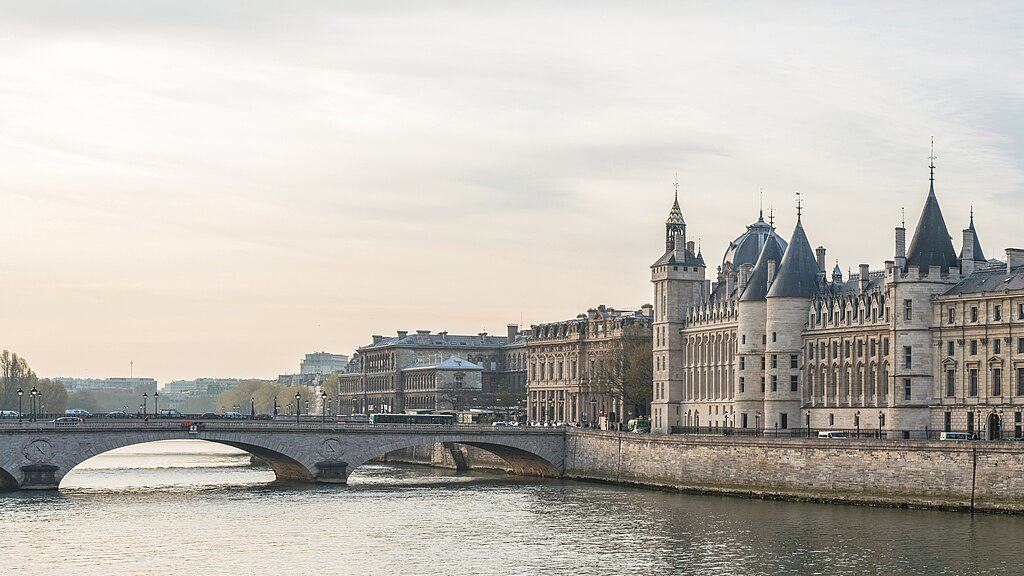
Before her execution in 1793, Marie Antoinette spent 76 days in a small stone cell within the Conciergerie. The museum’s preserved chambers and her reconstructed cell attract around 450,000 visitors yearly, revealing the stark fall from Versailles luxury to revolutionary judgment. The Gothic arches and the Hall of Men-at-Arms tell a larger story of France’s transformation from monarchy to modern republic.
7. Jack the Ripper : Whitechapel District, London, England
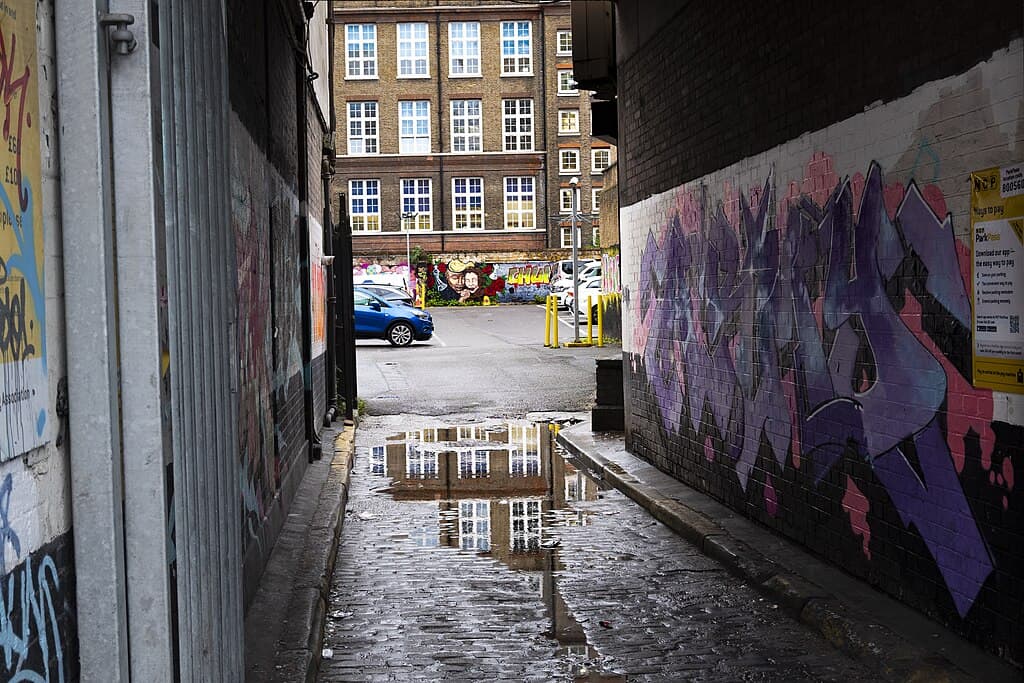
Between August and November 1888, Jack the Ripper brutally murdered five women in London’s East End. The Whitechapel district still draws over 1 million tourists yearly for guided night tours tracing his mysterious path. Stops include Mitre Square and the Ten Bells pub, both unchanged since Victorian times. Chilling details and police reports bring visitors face-to-face with London’s most enduring mystery.
8. Josef Stalin : Stalin Museum, Gori, Georgia

The Stalin Museum, opened in 1957, stands beside his preserved wooden childhood home. Covering 5,600 square meters, it displays over 47,000 artifacts, including Stalin’s bulletproof railcar and original manuscripts. The museum receives more than 200,000 visitors annually, reflecting ongoing debate about memory and dictatorship. The contrast between humble origins and immense cruelty defines the experience of this controversial leader.
9. Lizzie Borden : Lizzie Borden House, Fall River, USA

In 1892, Andrew and Abby Borden were found murdered with 19 and 11 axe wounds respectively. Lizzie, their daughter, was tried but acquitted, sparking endless debate. The house, now a museum and B&B, receives over 25,000 guests yearly. Visitors can stay in the actual rooms, attend ghost tours, and explore forensic evidence, blending mystery, folklore, and eerie Victorian charm in one spine-tingling visit.
10. Rasputin : Yusupov Palace, St. Petersburg, Russia
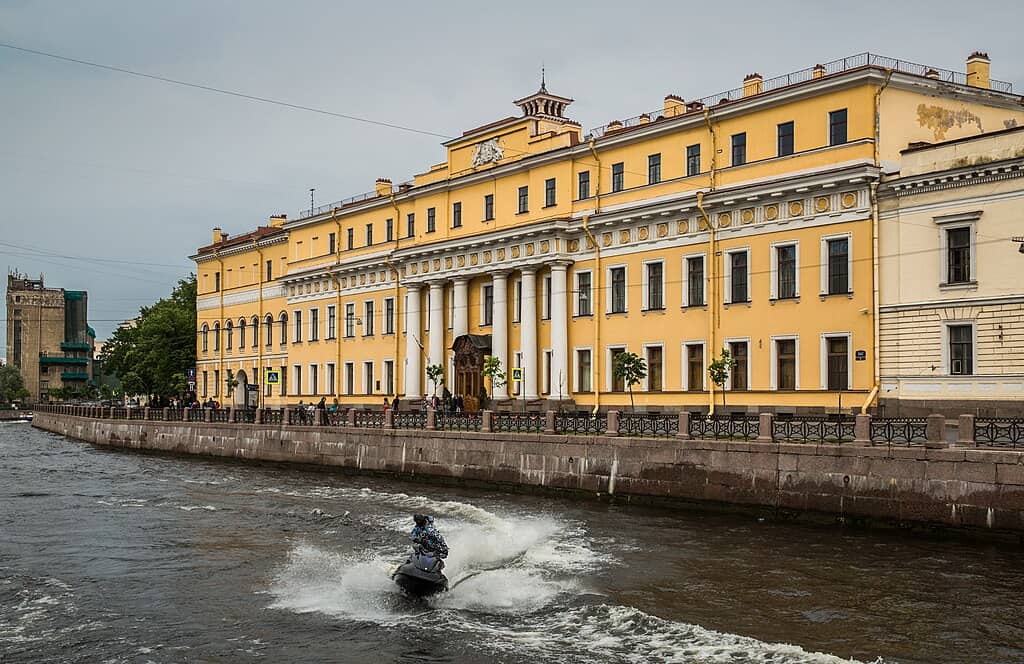
In December 1916, Rasputin was assassinated here by aristocrats fearing his sway over the royal family. The palace basement re-creates the night he survived two poison attempts and four gunshots before drowning. The mansion, featuring over 100 rooms, welcomes about 400,000 visitors annually. The contrast between its lavish décor and the bloody intrigue within makes it one of Russia’s most gripping historical stops.
11. John Dillinger : Chicago History Museum, Chicago, USA
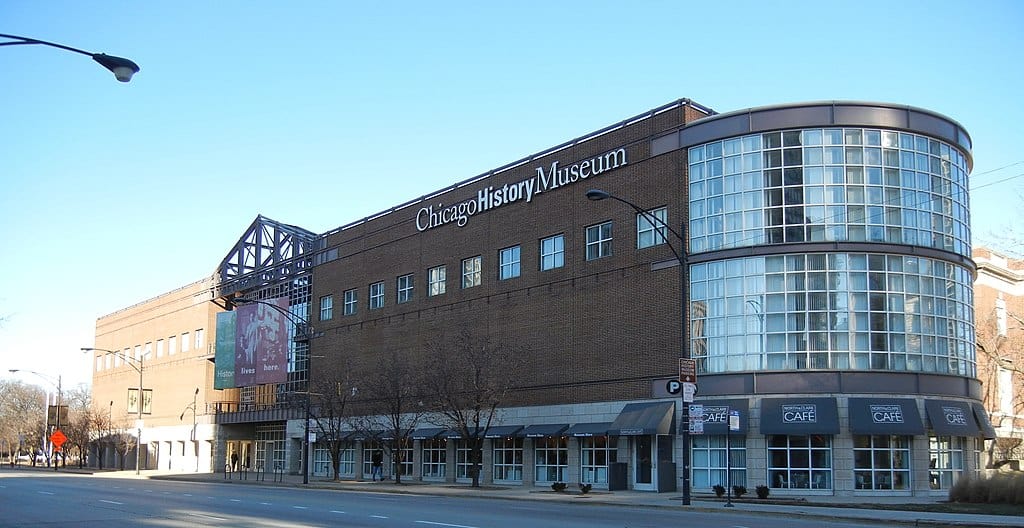
Dubbed “Public Enemy No. 1,” Dillinger robbed 24 banks before being gunned down outside the Biograph Theater in 1934. The Chicago History Museum exhibits weapons, letters, and personal effects linked to his short, dramatic life. With over 600,000 visitors each year, it provides context to America’s Depression-era outlaw culture, where charisma and crime are often blurred into folk legend.
12. Nero : Domus Aurea, Rome, Italy

Built after the Great Fire of 64 AD, Nero’s “Golden House” once sprawled over 300 acres, with rooms decorated in gold leaf and precious gems. Rediscovered in the 15th century, the Domus Aurea now hosts guided VR tours for over 200,000 visitors annually. Its frescoes and vast underground halls reveal the emperor’s obsession with excess, offering a vivid encounter with ancient Rome’s most reviled ruler.
13. Benedict Arnold : West Point Museum, New York, USA

Once a Revolutionary War hero, Arnold’s 1780 betrayal nearly handed West Point to the British. His plot was exposed when three incriminating letters were intercepted. The West Point Museum chronicles his complex life with maps, weapons, and documents viewed by 500,000 visitors yearly. Standing here, travelers reflect on how ambition turned patriotism into one of history’s most famous acts of treason.